RESEARCH LINES
The Artsoundscapes project has five research lines: RL0: Rock Art; RL1: Physical acoustics of rock art landscapes; RL2: Psychoacoustics; RL3: Neuropsychology; RL4: Ethnography and ethnohistory; RL5: Artsoundscapes ontologies.
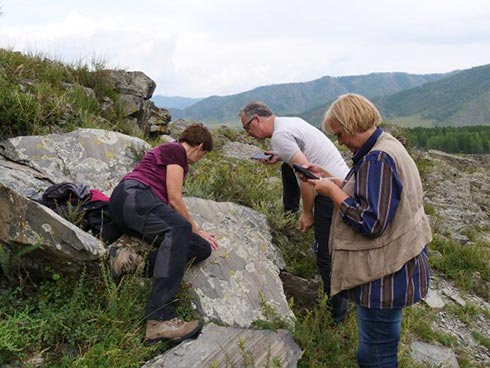
Rock Art
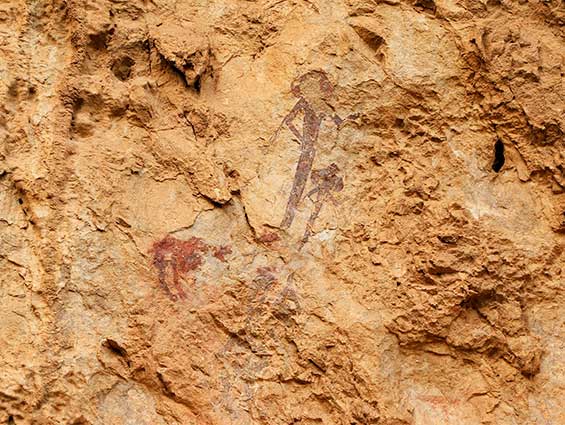
Rock art can be understood as a communication system that, through the representation of images, allowed the societies of the past to transmit ideas, knowledge, and a whole series of information about their cultures, beliefs, and views on the natural and supernatural world. Given that the material existence of paintings and engravings is inseparable from the context in which the images were produced, we are carrying out several campaigns of fieldwork in different parts of the world (e.g., Mediterranean Europe, Siberia, Mexico, and southern Africa) to investigate the relationship between rock art and soundscapes. Our main objective is to determine the relevance of the acoustic properties of the shelters and landscapes in the artists’ decision regarding where to place their visual representations.
Acoustical physics
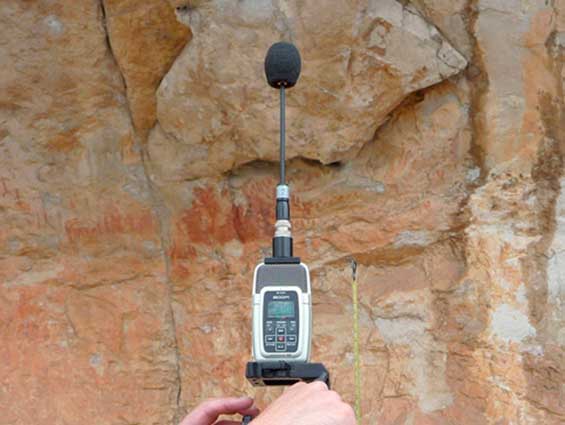
Overseen by acoustical engineer and senior staff of the Artsoundscapes project, Prof. Angelo Farina, the PI, Prof. Díaz-Andreu, Senior Scientist Tommaso Mattioli and other members of the team will systematically map the acoustic properties of the aforementioned areas by means of Impulse Response (IR) measurements. For IRs to be pursued, novel portable equipment for acoustic measurements is needed. Holocene rock art is mostly located in open-air environments, where it is extremely impractical, if not impossible, to transport large pieces of equipment. In contrast, most devices so far developed for IR acoustic measurements are suitable for enclosed environments where size, portability and power supply are not an issue (e.g. concert halls, auditoria, and urbanscapes). Our project will overcome this problem by designing a compact, small-sized, battery-powered set of sound source, microphones and digital recorders. Furthermore, our project will provide a comprehensive review of IR procedures used in archaeoacoustics research, thereby developing a single, coherent approach to collect a variety of acoustic data
Psychoacoustics
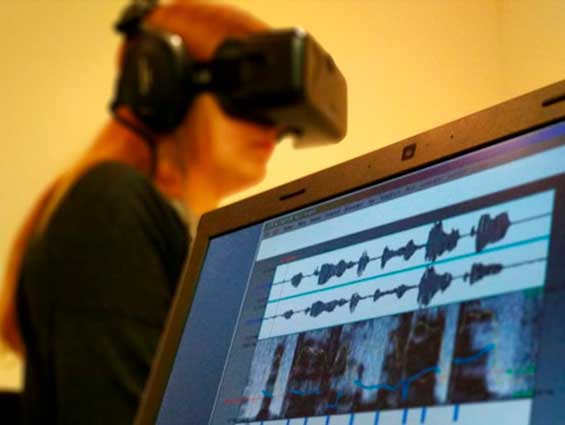
Psychoacoustics is an interdisciplinary field between physical acoustics and psychology concerned with how humans perceive and interpret sound. This distinction between perception and interpretation of sound is relevant in landscape studies. Sound perception is cognitively neutral. In contrast, auditory interpretation reflects superiority, fit, and the listener’s level of appreciation. The former depends on the physiological mechanism of hearing by which many perceptual properties of sound (e.g. loudness, duration, location) are extracted from the spectral contents, temporal patterns, and spatial distribution of acoustic signals reaching the ears. In contrast, sound interpretation relies on the higher-level functions of the auditory system. These are influenced by several conscious and unconscious factors, such as attitudes, beliefs, judgments, habits and familiarity with sounds. The perception vs. interpretation dichotomy raises critical issues to be considered in research methodology. It is possible to explore the psychoacoustics of our rock art landscapes by gathering information from the external world (i.e. acoustical physical measurements) and from the listeners themselves (i.e. by means of live psychoacoustic tests). In the Artsoundscapes project we propose to pioneer in the field of archaeoacoustics by applying both methods. In carrying out the psychoacoustic tests, the Artsoundscapes PI will be assisted by Prof. Carles Escera, a renowned cognitive auditory neuroscientist with considerable experience in carrying out auditory research, including psychoacoustic methodologies
Neuropsychology
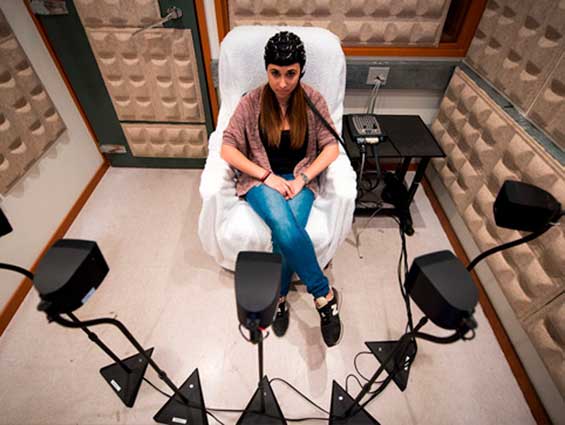
Sound and music are able to arouse exceptionally strong emotions and reliably affect the mood of individuals. The reason for this lies in very specific neural responses to these stimuli. The purpose of the neuropsychological tests in the Artsoundscapes project is to characterize the brain activity patterns elicited by the sounds recorded in selected rock art landscapes, as per RL1, and to determine whether these rock art sound processing neural correlates are comparable to those associated with altered or mystical states. This will be accomplished by running a series of electroencephalographic (EEG) experiments. In separate experiments, features such as audibility, echolocation and some other more specific parameters will be manipulated to ascertain whether a particular acoustic property identified in the tested rock art soundscape is more powerful in inducing altered brain states close to transcendence or meditation. These EEG experiments will be conducted in collaboration with Prof. Carles Escera at his Brainlab (www.ub.edu/brainlab).
Ethnography and archives
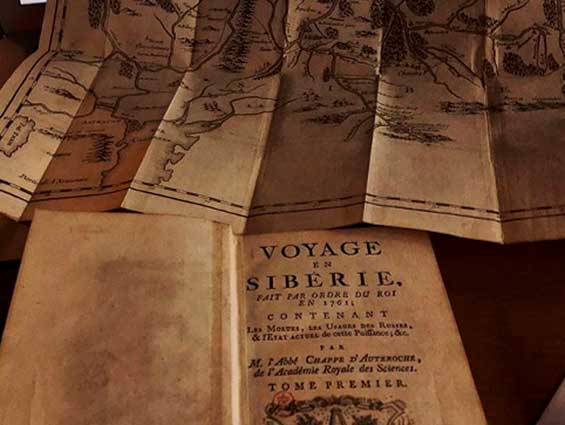
Anthropologists working on the cultural understanding of sound have rarely paid attention to the ethnohistorical and ethnographic records. This task has been left to archaeologists’ (and vocational archaeologists). However, the findings so far are almost without exception restricted to sources written in English and, therefore, literature in other languages is still an untapped resource. A search for sources in Finish, French, German, Portuguese, Russian and Spanish will be undertaken. This search will particularly consider the areas where fieldwork will be undertaken but will not be restricted to them. We are not expecting these sources to tell us precisely which ritual practices took place in the areas to be acoustically tested, but rather to enlighten us on (a sample of the) ethnographic variation related to sound in sacred beliefs among hunter-gatherers and early agriculturalists.
Artsoundscapes ontologies

We are not expecting to find universals in our study but, instead, variability. The acoustic analyses already carried out pointed to some prehistoric communities having placed importance on echo (Díaz-Andreu, Hameau and Mattioli 2019; Mattioli et al. 2017), whereas others seemed to have favored enhanced audibility towards the landscape (Mattioli and Díaz-Andreu 2017). This sense of sensual difference was reinforced in an area with three distinct, but roughly contemporary, rock art traditions, each of them showing different ways in which the senses were used in connection with their rock art (Díaz-Andreu et al. 2017). The information gathered from ethnographical and ethnohistorical sources, together with a greater theoretical understanding of hunter-gatherer and early agriculturalist ontologies, will provide us with clues for proposing hypotheses to interpret this variability.
